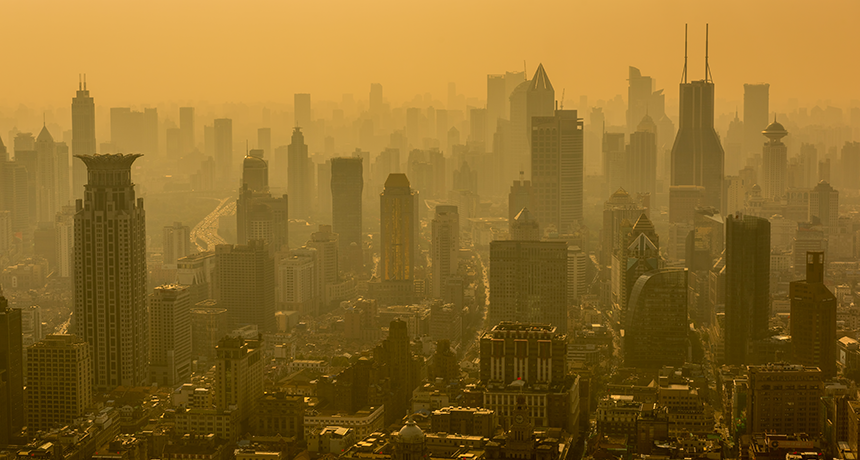electricity A flow of charge, usually from the movement of negatively charged particles, called electrons.
engineering The field of research that uses math and science to solve practical problems.
factor Something that plays a role in a particular condition or event; a contributor.
filter (in chemistry and environmental science) A device or system that allows some materials to pass through but not others, based on their size or some other feature. (in physics) A screen, plate or layer of a substance that absorbs light or other radiation or selectively prevents the transmission of some of its components.
fossil fuel Any fuel — such as coal, petroleum (crude oil) or natural gas — that has developed in the Earth over millions of years from the decayed remains of bacteria, plants or animals.
haze Fine liquid or solid particles scattered through the atmosphere that make it hard to see. Haze can be caused by harmful substances such as air pollutants or by water vapor.
LED (short for light emitting diode) Electronic components that, as their name suggests, emit light when electricity flows through them. LEDs are very energy-efficient and often can be very bright. They have lately been replacing conventional lights for home and commercial lamps.
particle A minute amount of something.
peninsula A parcel of land that is that is attached to the mainland but surrounded by water on three sides.
photovoltaic An adjective that describes the ability of certain technologies to convert sunlight into electricity.
pollutant A substance that taints something — such as the air, water, our bodies or products. Some pollutants are chemicals, such as pesticides. Others may be radiation, including excess heat or light.
renewable energy Energy from a source that is not depleted by use, such as hydropower (water), wind power or solar power.
solar cell A device that converts solar energy to electricity.
technology The application of scientific knowledge for practical purposes, especially in industry — or the devices, processes and systems that result from those efforts.
turbine A device with extended arm-like blades (often curved) to catch a moving fluid — anything from a gas or steam to water — and then convert the energy in that movement into rotary motion. Often that rotary motion will drive a system to generate electricity.
watt A measure of the rate of energy use, flux (or flow) or production. It is equivalent to one joule per second. It describes the rate of energy converted from one form to another — or moved — per unit of time. For instance, a kilowatt is 1,000 watts, and household energy use is typically measured and quantified in terms of kilowatt-hours, or the number of kilowatts used per hour.
wind turbine A wind-powered device — similar to the type used to mill grain (windmills) long ago — used to generate electricity.








